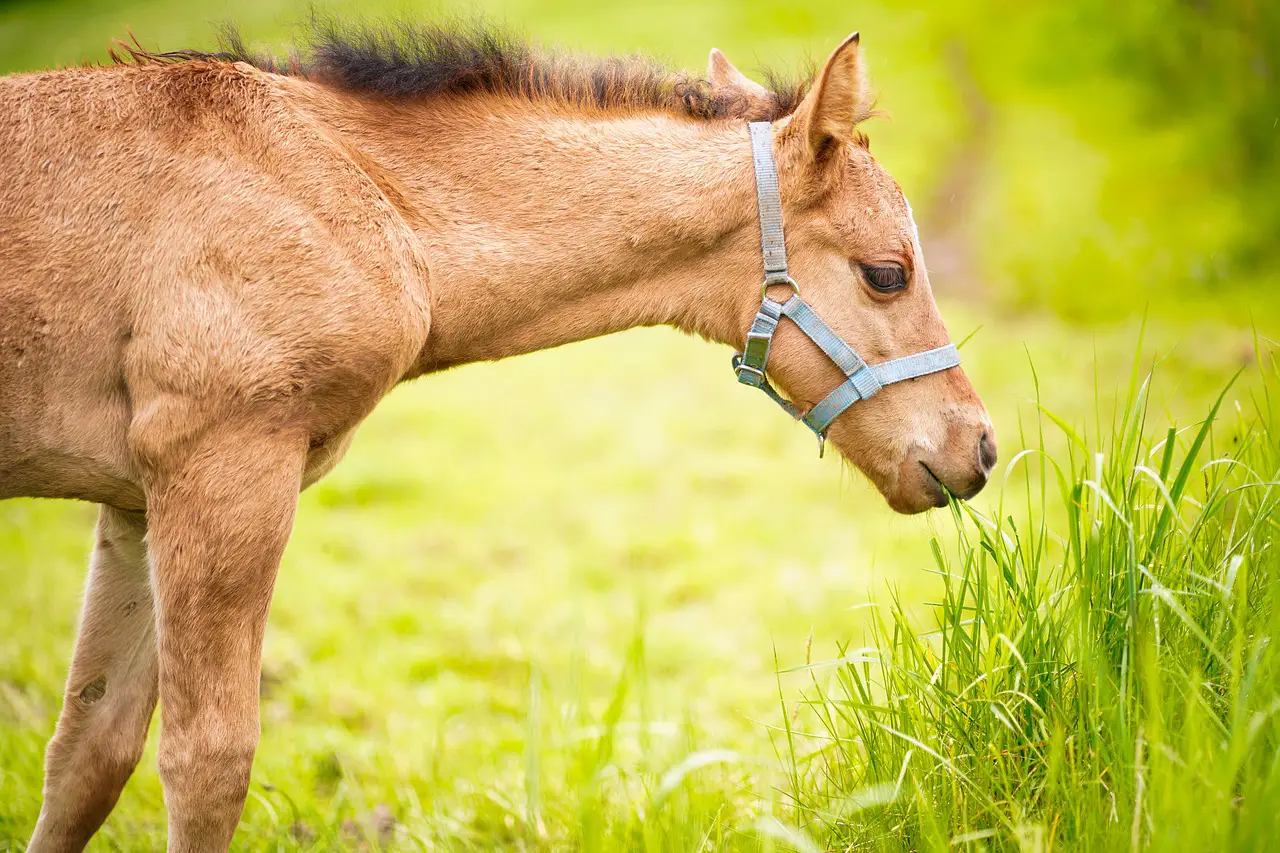Last Updated on February 21, 2022 by Allison Price
The United States ranks barley behind corn , sorghum and in terms of feed grain production. Different cultivars of barley are created for different purposes, so it is important to distinguish the end uses. Malting and feed barley, for example, are distinct because they have different protein levels.
Barley’s feeding value is generally 95% higher than that of corn. Barley has a relatively high crude protein, which ranges from 8 to 13% for a feed grain. However, it is low in methionine and lysine, just like oats. Fiber content in feed barley is high, at 5 to 7 percent. Nearly 65% of kernels are made up of starch. The kernel also contains 2% sucrose and 1% simple sugars.

Barley is suitable for use as feed. It has a 40 lb (18 kg), maximum of 4 % foreign material and maximum of 1 % heat damaged kernels. The grain can be colored from yellow to golden yellow. There should not be any evidence of seed treatment and no excessive dustiness. The grain should not have a musty or moldy smell.
Barley is a hard crop and needs to be processed to get the nutrients into it. Rolling and steam flaking are the most popular methods of processing. Storage issues are a concern for the quality of barley. Storage problems can lead to fungus, molds and insects entering the grain, which will alter its nutrient profile.



